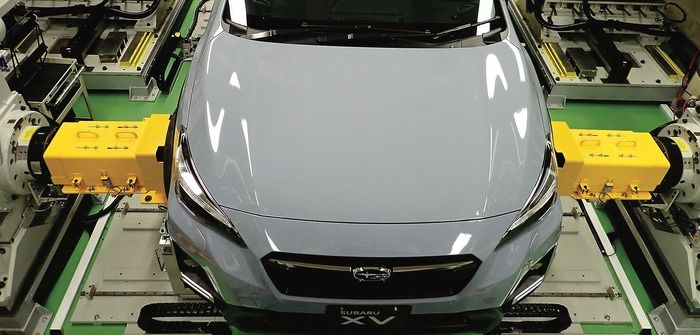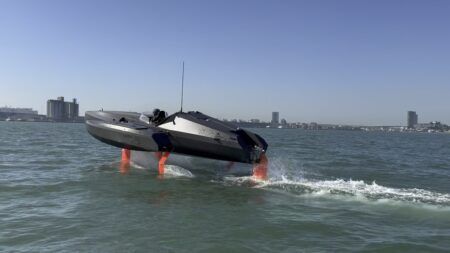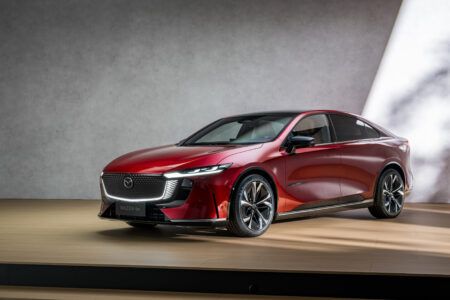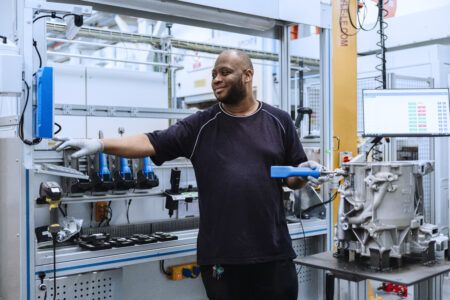National Instruments (NI) has revealed that a number of OEMs, including Subaru, are using its hardware-in-the-loop (HIL) technology to simulate road conditions for electric vehicle testing, reducing time and costs by eliminating environmental factors.
Removing weather conditions and fluctuating road conditions typical of real-world testing makes it easy to conduct reproducible tests in shorter time periods, and reduces challenges inherent in the testing of complex electric vehicle systems, making it easier for development teams to meet deadlines and cost restrictions.
Subaru replaced the roads in validation tests with an NI HIL simulation solution built on NI PXI products and LabView software. Subaru could then test embedded vehicle controllers in a virtual environment before conducting real-world diagnostics on the complete system.
“By using NI PXI products and LabView, we were able to completely implement a customized HIL system in just one-to-two weeks and develop our software in house,” said Daisuke Umiguchi, from Subaru’s electrified power unit research and experiment department.
“This helped us keep product purchasing costs to around one third of the cost of adopting solutions from other companies, and, because of our familiarity with LabView, keep our software development costs to around one sixth of the cost of commissioning an outside developer.”
Subaru also outfitted its vehicle test solution with Horiba controller-driven dynamometer and CarSim vehicle dynamics simulation software from Virtual Mechanics. These produce load conditions equivalent to those of actual roads.
Subaru will use this test system solution during final stages of electric vehicle development projects, and will also expand use to include all car types.





